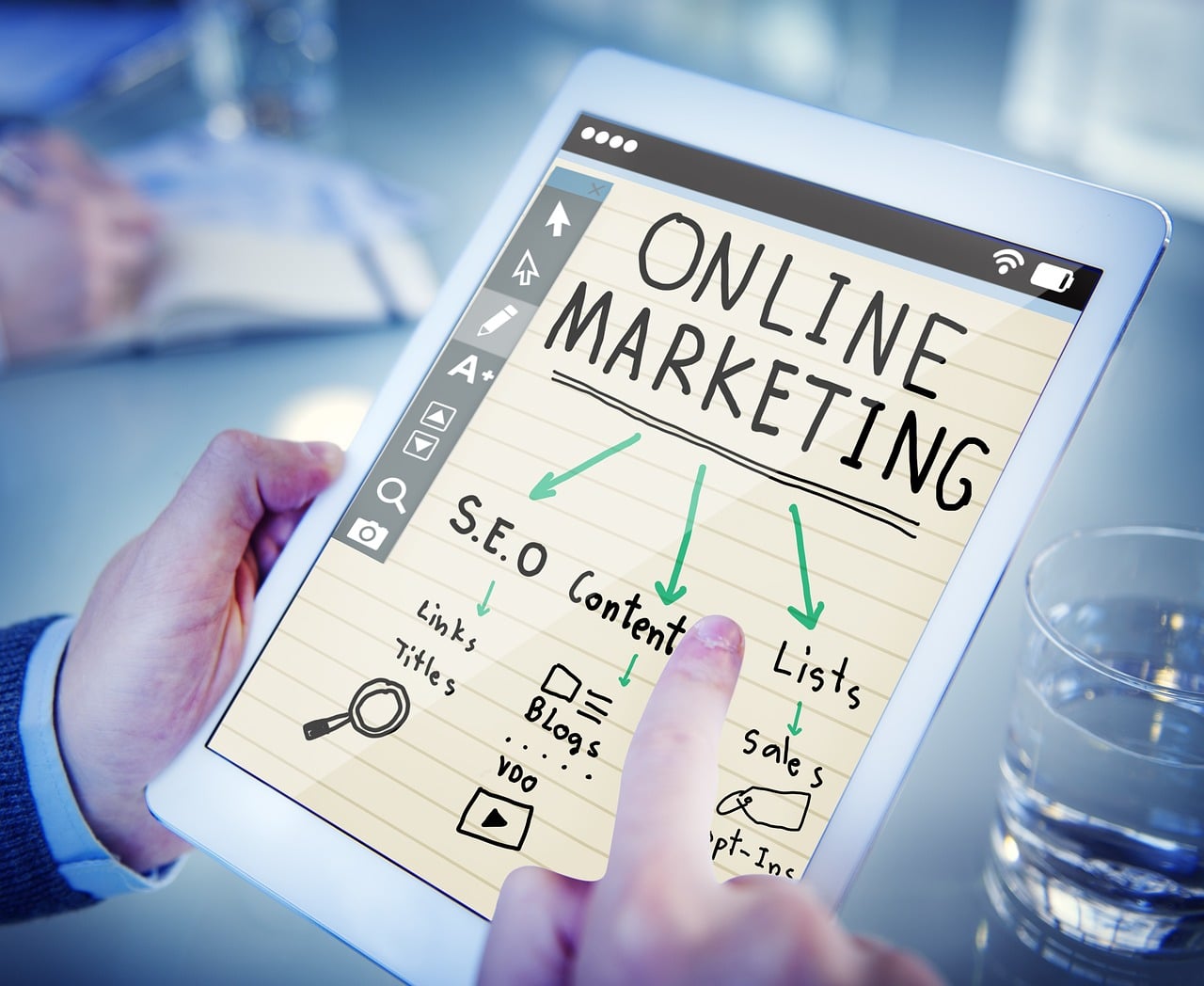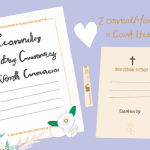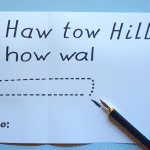Email Writing in English: A Comprehensive Guide for Effective Communication
Email Writing in English: A Comprehensive Guide for Effective Communication
When it comes to professional communication, email writing is an essential skill that everyone should master. Properly composed emails can convey your message clearly, establish a professional image, and ensure effective communication with colleagues, clients, or potential employers. In this comprehensive guide, we will explore the key components of effective email writing in English, providing you with valuable tips and insights to enhance your communication skills.
1. Subject Line: The Window to Your Email
The subject line is the first thing recipients see when they receive an email. It acts as a window to your message, so it is crucial to make it clear, concise, and relevant. A compelling subject line can grab the reader’s attention and increase the chances of your email being opened and read. Avoid vague subject lines, and instead, use specific keywords that summarize the purpose of your email.
2. Greeting: Setting the Tone
After the subject line, the greeting is the next element that sets the tone of your email. Address the recipient by their preferred name and use appropriate salutations based on the context. For formal emails, use „Dear Mr./Ms./Dr./Professor [Last Name]” and for more casual or familiar contacts, „Hi [First Name]” or „Hello [First Name]” can be used.
3. Introduction: Clearly Stating Your Purpose
In the introduction paragraph, clearly state the purpose of your email. Use a concise sentence or two to explain why you are writing and what you hope to achieve with the email. This will help the recipient understand the context and prioritize their response accordingly.
4. Body: Organize Your Ideas
The body of your email should contain the main content, supporting details, and any necessary information. It is essential to organize your ideas in a logical and coherent manner. Use paragraphs to separate different points and maintain a clear flow of information.
– Use bullet points or numbered lists: When presenting multiple items, use bullet points or numbered lists to make the information more scannable and easier to read.
– Highlight important details: If you have any crucial information that you want to emphasize, consider using bold or italicized text. This will draw attention to those details and ensure they don’t go unnoticed.
5. Closing: Ending on a Positive Note
In the closing section, restate the purpose of your email and include any necessary next steps or deadlines. Express gratitude and appreciation for the recipient’s time and consideration. Use appropriate closing phrases such as „Thank you for your attention” or „Looking forward to hearing from you.”
6. Signature: Professional Contact Information
Always include a professional email signature at the end of your message. This should include your full name, job title, contact information, and any relevant social media or website links. A professional signature adds credibility to your email and makes it easier for the recipient to contact you if needed.
Final Thoughts
Mastering the art of email writing in English is crucial for effective communication in both personal and professional settings. Following the guidelines presented in this comprehensive guide will help you craft clear, concise, and impactful emails that will impress your recipients and improve your overall communication skills. Remember, a well-written email can make all the difference in establishing a positive and professional image in the eyes of your readers.
FAQ
1. Why is email writing in English important?
The ability to effectively communicate via email in English is crucial for professional and personal growth as it enables clear and concise communication with a global audience.
2. What are some key principles to keep in mind while writing emails?
Some key principles to remember while writing emails include being concise and to the point, using a professional tone and language, and ensuring correct grammar and spelling.
3. How can I write an effective subject line?
To create an effective subject line, make it concise and specific, highlighting the main purpose of the email. Avoid using generic subject lines that may not capture the recipient’s attention.
4. What should I include in the body of an email?
In the body of an email, include a clear introduction, provide necessary context, communicate your main points, and conclude with a call to action or next steps. Keep paragraphs short and use bullet points if necessary.
5. How can I ensure my emails are professional?
To ensure professionalism in your emails, use proper salutations and greetings, address recipients respectfully, avoid using excessive capitalization or exclamation marks, and proofread your emails before sending them.
6. How should I handle attachments in emails?
When sending attachments, mention them in the body of the email and ensure they are relevant and necessary. Compress large files, use file formats compatible with most devices, and provide clear file names.
7. Are there any email etiquette tips I should follow?
Yes, it is important to follow email etiquette tips such as replying promptly, using a clear and concise email signature, refraining from using emojis or excessive abbreviations, and using BCC when necessary to protect recipients’ privacy.
8. How can I improve my email writing skills?
To improve email writing skills, read and analyze well-written emails, practice writing in a clear and concise manner, use online resources and tools for grammar and vocabulary, and seek feedback from trusted individuals.
9. What are some common mistakes to avoid while writing emails?
Some common mistakes to avoid include using lengthy paragraphs, neglecting to proofread for errors, using informal language or slang, forgetting to include necessary attachments or information, and sending emails to the wrong recipients.
10. How can I ensure my emails are accessible to all recipients?
To make your emails accessible, use plain language, provide alt text for images, use descriptive hyperlinks, ensure proper color contrast, and use accessible fonts and formatting. Test your emails on different devices and screen readers to ensure compatibility.












































